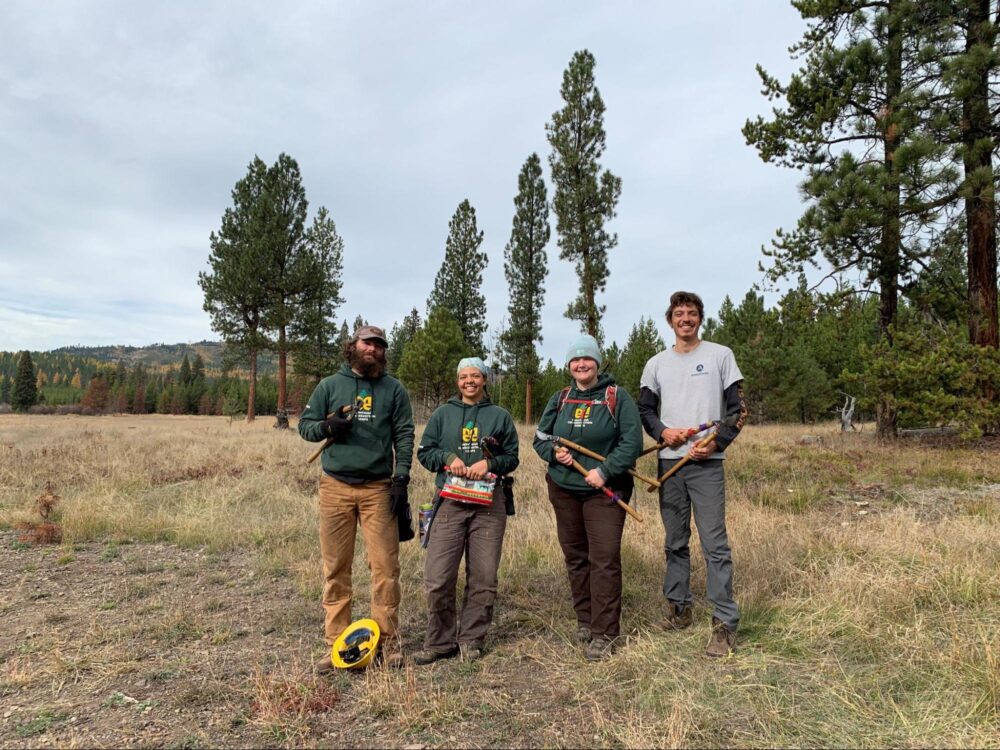We have much more to do and your continued support is needed now more than ever.
Know Thy Building: Paradoxes in Heating and Cooling on Campus
To save energy and reduce your carbon footprint, you turn the thermostat down in the winter and up in the summer, right? This is true in a small building such as a house. In a large commercial or institutional building, it gets more complicated. What may work quite well in a private home can actually consume more energy in a big modern building.
The heating, ventilation and cooling (HVAC) system within an institutional building is a major determinant in how much energy will be consumed, as well as how some of that energy can be conserved.
“Many older institutional and commercial buildings use HVAC systems called terminal reheat systems,” says Terry Ruprecht, Director of Energy Conservation at University of Illinois at Urbana-Champaign. In a terminal reheat system, the building takes in a fixed amount of outside air, which it then either heats or cools to 55 degrees. That 55 degree air then circulates through the building. When a small amount of that air comes off the main duct and goes into an office, it encounters a reheat coil, which is controlled by the room thermostat.
If you work in an office or teach in a classroom inside a building using a terminal reheat system, by keeping your thermostat at a lower setting in winter, you will conserve some of the energy used to reheat the air coming into your space. However, during the summer the overall air circulating inside the building is still held at 55 degrees, and it still gets reheated when it enters your space. Turning the thermostat up (as recommended for summertime by most energy-saving guides) results in more energy being used to heat the air in your space, says Ruprecht.”Always supplying the same amount of air is an extremely inefficient way to do things. We may still be cooling the room, but then we have to heat to not overcool. That’s how we used to control buildings,” says Robert Washburn, Director of Facilities Management at Southern Illinois University Edwardsville.
The picture changes when you enter a building with a more modern and energy efficient variable air volume (VAV) HVAC system. Each room with a thermostat has the ability to increase or reduce the air flow in addition to the ability to reheat the air. The first step toward heating air in the winter is to reduce the amount of outside air coming into the building. It takes less energy to heat a smaller volume of air.
“A VAV system commonly uses half the energy of a terminal reheat (fixed volume) system,” says Ruprecht.
Interior rooms in modern VAV buildings are the places where traditional energy saving common sense gets thrown out the window (or would if there were a window).”Think about a common classroom with 35 students. The students, the lighting and the computers are all generating heat, and in modern buildings, very little heat loss is going through the wall. The net effect of the classroom is you are cooling it in the winter time,” says Washburn. If you lower the thermostat in that classroom from 78 to 68 degrees, it will take a 400 percent increase in fan energy to move the additional outside air needed to cool the room those additional ten degrees.
“That’s why you can’t just say reducing the temperature set-point from 78 to 68 degrees will always save energy,” says Washburn, challenging the assertion that institution-wide set-point policies are the best way to reduce emissions from heating and cooling.
To really conserve some extra energy through individual thermostat control, the rules would have to be different for each building, depending on its HVAC system and age. “That’s where the politics come in. Older buildings have to be colder while newer buildings have to be warmer. You’re not going to say that on a campus,” says Washburn.
Individuals who want to contribute to saving energy need to learn how to most effectively do that within the framework of the building they occupy. It won’t be the same for all buildings.
“The bottom line is the idea that we’re going to operate all those set point policies the same way simply doesn’t work. You need to have intelligent building staff who know how to operate the buildings properly,” says Washburn.
See More:
Communication and Finesse Crucial to Temperature Setbacks: ClimateEdu
Balancing Nostalgia with Efficiency in Historical Buildings: ClimateEdu




















